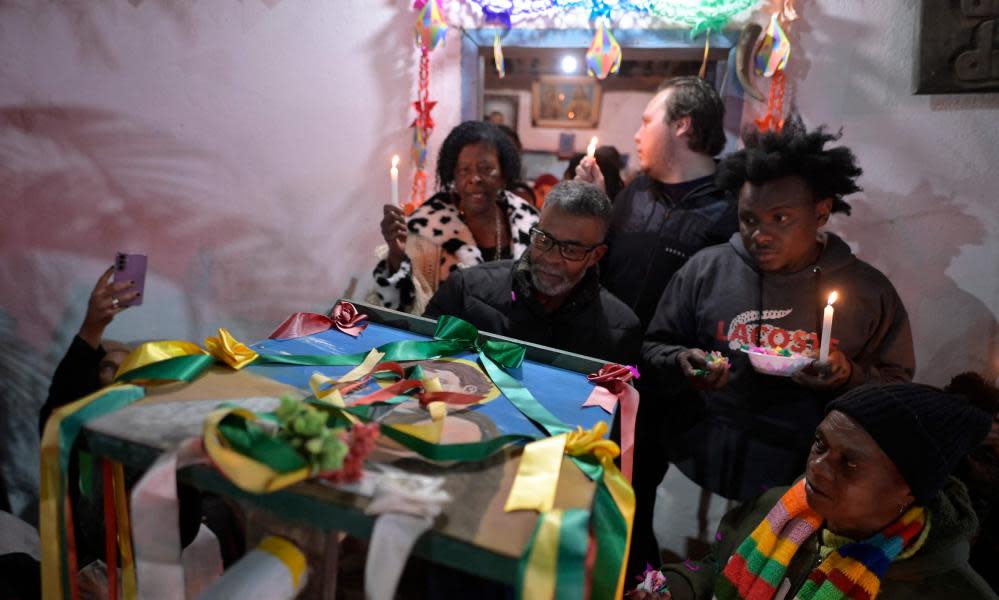Brazil: descendants of Africans who escaped slavery gain census recognition

More than 1.3 million Brazilians who identify as descendants of Africans who escaped slavery have finally gained recognition in official statistics, marking a victory for this historically excluded population.
The groundbreaking data was released on Thursday as part of Brazil’s 2022 census, during which the Brazilian Institute of Geography and Statistics (IBGE) for the first time counted and mapped the country’s quilombola population – members of often remote Afro-Brazilian communities that were traditionally founded by fugitive slaves.
“It’s a step forward in our struggle. We’ve been asking the Brazilian state to count quilombola communities for years,” said Denildo “Biko” Rodrigues, executive coordinator of quilombo association Conaq.
Although today many see quilombos as a symbol of black resistance, the descendants of the original inhabitants continue to suffer from racism, marginalization, and lack of visibility.
“There are still many vestiges of the enslavement process. […] That’s why the census is so important,” said Rodrigues.
The census counted 1,327,802 quilombola people spread across Brazil, in both rural and urban settings. The majority (68.2%) live in the north-east, where 74.5% of the total population is black or mixed, compared with 56% nationally. About a third live in the Amazon, where they act as “invisible guardians of biodiversity”, according to Rodrigues, and face similar threats as the Indigenous population there.
Related: Their forefathers were enslaved. Now, 400 years later, their children will be landowners
Brazil’s census is a gargantuan operation: last year 120,000 census takers counted a population of 203 million across a territory that spans 8.5 million sq km. And counting the quilombola population specifically required years of preparation, as the IBGE worked with quilombo leaders to map nearly 6,000 communities and trained census takers on how to approach this population sensitively.
The result is a “more comprehensive and trustworthy portrayal of the country’s quilombola population”, according to Marta Antunes, who leads the IBGE’s project on traditional peoples and communities.
The data will allow the state to better tailor education, health, sanitation and housing policies to the quilombola population’s needs, particularly at a municipal level, she said.
“It gives instruments for the state to fulfil its duty,” added Fernando Damasco, IBGE manager of traditional territories and protected areas. The numbers show Brazil has failed to uphold quilombola people’s constitutional right to their ancestral land, he said.
Only 494 quilombo territories have some form of legal recognition, and an overwhelming 87.4% of quilombola people live outside of these. Just 4.3% live on quilombos which have been awarded a land title, the final stage in the official recognition process.
Érida Ferreira, 35, is among the majority of quilombolas still fighting for their right to their land. As president of the Ferreira Diniz quilombo association in Rio de Janeiro, she hopes the recognition awarded by the census will help to design public policies that protect her community. She said: “If they move us off our territory, they kill our culture […] And protecting, respecting, encouraging quilombola experiences is to keep Brazil’s history alive.”

 Yahoo News
Yahoo News 
